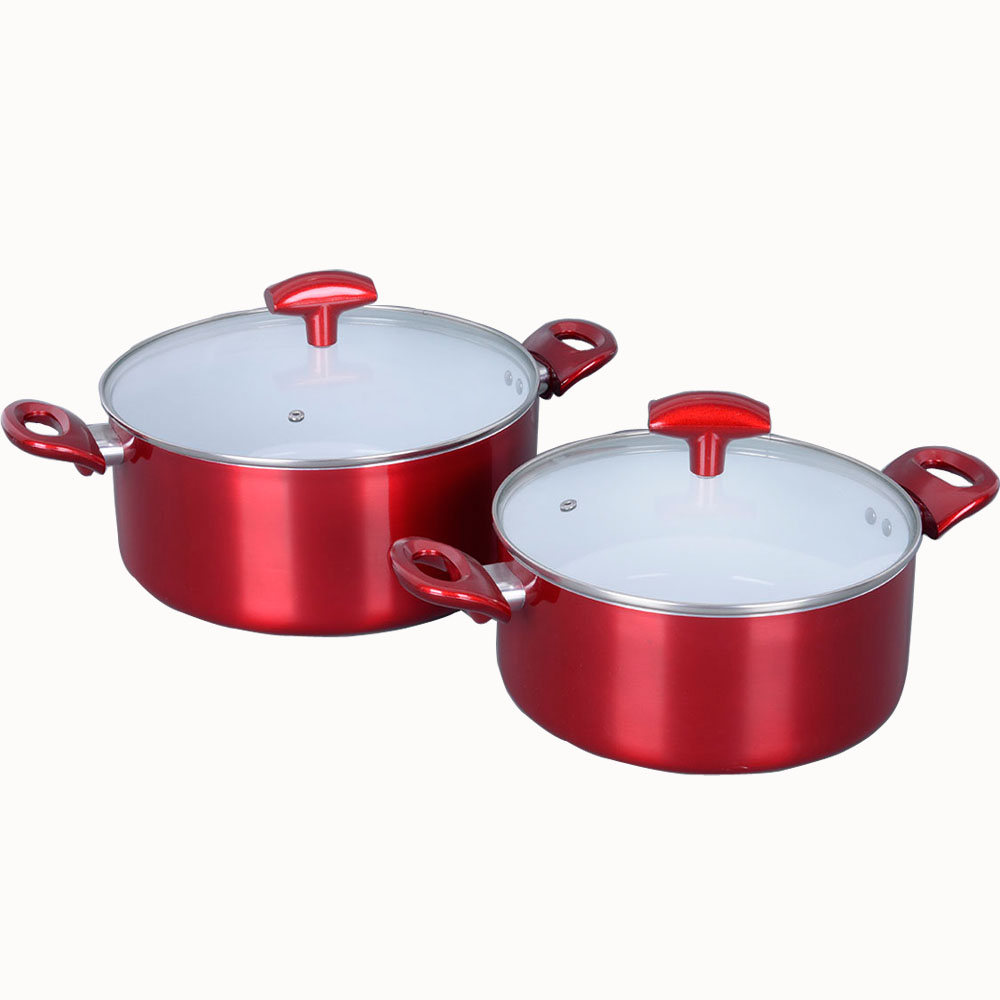Companies that sell non-prescription drug products are eager to beautify the appearance of the products, some carton packaging, and their color printing, holograms, and engraving surfaces all contribute to the attention of consumers.
This is achieved using a blister pack which can display brightly colored pills in a straightforward and understandable form. However, vial suppliers do not allow their competing blister to control the entire market. Many suppliers are seeking new ways to increase the transparency of packaging and the shelf life of drugs. And many suppliers have taken a step toward the use of polyvinyl esters. This recyclable material combines the transparency of glass with the safety of plastics, and has the function of moisture and oxidation protection. The nutritional supplement market, which consists of several small pharmaceutical manufacturers without blister packaging capabilities, is a particularly strong growth point for the bottle packaging market. Some manufacturers in the pharmaceutical industry are more willing to use bottle packaging, because most users are accustomed to using the bottle, and the bottle is easily sealed in a manner that meets the requirements of the Consumer Product Safety Commission for child safety and suitable packaging for the elderly.
Polyvinyl chloride (PVC) is still the main raw material for many pharmaceutical packaging, but in Europe, especially Scandinavian countries, the official out of the plasticizers and stabilizers used in PVC (such as lead and tin) Environmental impact considerations and more willingness to use additional materials. Therefore, some suppliers provide polypropylene for blister packs, and metallocene polyolefins for soft packs such as V medicine bags.
Labels have become the focus of many recent U.S. Food and Drug Administration regulations. For example, the U.S. Food and Drug Administration stipulates that the readability of non-prescription drug labels should be improved. The words on the label are unified, the language used is simpler, the fonts are larger, and the signs of warnings and side effects are more pronounced. In order to help the labeling machine comply with this rule, the supplier is producing and providing more complex labels, such as affixing the expanded label to the outside of the vial and displaying all relevant drug information. Moreover, the U.S. National Food and Drug Administration also plans to formulate a new regulation in the near future, which clearly lists the contents of the health product label that must be included and cannot be included.
In addition, manufacturers are also expecting a finalization rule regarding the control of cutting labels. The regulation requires that the machine or two people do the inspection of the label control program. However, some packagers complained that the price paid for this rule was too high, and other packaging companies claimed that the use of machine observations ensured the accuracy of label cutting. This observation method and other packaging techniques, from the data acquisition system to the robotics used in drug distribution, are becoming more advanced.
Given the need to increase patient acceptance of pharmaceutical products and compete with countless prescription and non-prescription drug products, drug manufacturers can try to turn their attention to other media, such as advertisements or medical record inserts. But pharmaceutical companies should first turn their attention to their pharmaceutical packaging. Well-designed bottles, cartons and blister packs all contribute to the sale of the product. The blister pack packs the drug in an easy-to-understand form that helps prevent accidental overdose by the patient. And the expanded label can not only help pharmaceutical packaging companies meet FDA requirements, but also retain relevant product information where it is most needed. All these packaging methods and many other methods can help pharmaceutical manufacturers to develop and maintain their strong competitiveness, and remain invincible in the challenges of the 21st century.
Size: 18 / 20 / 22 / 24 / 26 / 28 / 30 / 32cm
Can be produced by processed aluminum, forged aluminum or die-cast aluminum.
Different thickness can be available
Features:
Durable aluminum construction for long lasting performance
Quality non-stick interior for easy cooking and easy clean up
Ergonomically designed handles for comfort and safety
Vented glass lid to easily monitor food while cooking Oven safe to 350°F;
Dishwasher safe

Sauce Pot,Hard Anodized Sauce Pot,Ceramic Coated Sauce Pot,Non-Stick Sauce Pot
Zhejiang Haoqi Industry And Trade Co.,Ltd. , http://www.anaturekitchen.com